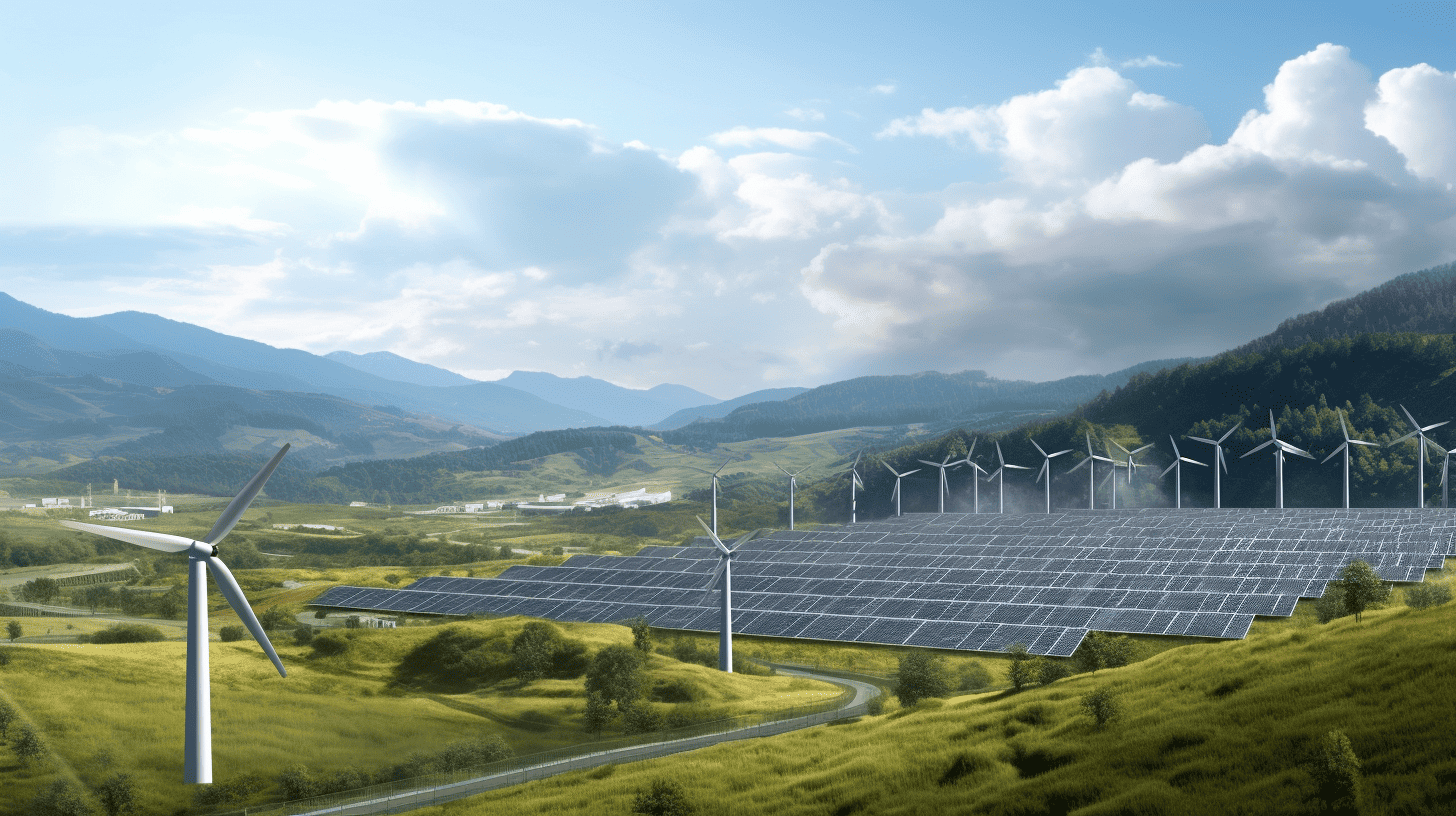
New figures by the statistics institute CBS suggest that almost half of the electricity produced in the Netherlands in 2023 came from renewable sources. A 21 percent surge in renewable production saw a 48 percent share in the national electricity mix. Wind energy proved particularly potent, boasting a 35 percent increase, and solar power was not far behind, with a 24 percent growth. This boost in clean energy enabled the country to export a record 25 billion kWh of electricity, primarily to neighbors Germany, Belgium, and the UK.
Why this is important
The Netherlands improves its share of renewable electricity, putting itself on the right track for the energy transition.
Renewable energy sources propel Dutch electricity production
The year 2023 saw the nation reach new heights in its pursuit of sustainability. It produced 120 billion kWh of electricity, with renewables contributing an unprecedented 57 billion kWh to this tally. The country’s commitment to clean energy has not only benefited the environment but has also positioned the Netherlands as a significant energy exporter on the continent.
Electricity production from wind and solar energy experienced noteworthy upticks. The wind energy sector saw a 35 percent increase, equating to 29 billion kWh, attributable to the expanded wind turbine capacity. Similarly, solar energy’s output jumped by 24 percent to reach 21 billion kWh, thanks to the 4.3 GW increase in solar panel installations.

Surging ahead in renewable energy capacity
The Netherlands has embraced its renewable energy sector with open arms. The installed capacity for wind turbines now stands at 11 GW, with 6.8 GW from inland windmills and 4.7 GW from sea turbines. The nation’s solar capacity has also seen impressive growth, with 4.1 GW added in 2023, bringing the total to an inspiring figure that ranks the country fifth in Europe for solar installations.
This surge in renewable capacity is not just about meeting domestic demand. The Netherlands has become a net exporter of electricity, with a record 25 billion kWh exported in 2023 and a net export of over 5.7 billion kWh for the second consecutive year. The closure of Germany’s last nuclear power plant has notably increased Dutch electricity exports by 13 percent, underlining the interdependence of European energy markets.
European energy shift and Dutch contributions
Across Europe, a shift towards renewable energy has been catalyzed by reducing Russian gas supplies, with several countries breaking their own renewable energy records. The Netherlands, too, has played its part in this continental transition. The country’s renewable energy generation has increased by 13 percent from the previous year, aligning with the ambitious targets set by the Energy Agreement for Sustainable Growth of 2013.
Furthermore, the operationalization of the Hollandse Kust Noord wind farm by the end of December and the upcoming launch of the largest tender for offshore wind farms in the IJmuiden Ver area underlines the country’s commitment to expanding its renewable energy portfolio.

Renewables outpacing demand and fostering exports
The demand for electricity in the Netherlands decreased by five percent in 2023. Renewable electricity was generated more frequently than needed, a clear sign of the sector’s robust growth. This excess generation capability has allowed the nation to export surplus electricity, notably to the UK, where exports grew by 18 percent.
The impact of the Netherlands’ renewable energy surge extends beyond its borders. Germany’s achievement of 52 percent electricity consumption from renewables and Belgium’s milestone where renewables produced more energy than fossil fuels for the first time, with wind and solar alone accounting for 27,7 percent of their electricity production, highlight a regional trend towards greener energy sources. The Netherlands’ contribution to this trend is becoming increasingly significant through expertise and actual electricity exports.
Looking towards a sustainable horizon
The Netherlands’ journey towards a sustainable future is well underway. The almost 17 percent of total energy generation from green sources is a testament to the nation’s commitment and technological advancement. With residential installations playing a pivotal role, solar power has provided 17,6 percent of the total electricity generation. These milestones outline a clear trajectory towards meeting and potentially surpassing future sustainability targets.

